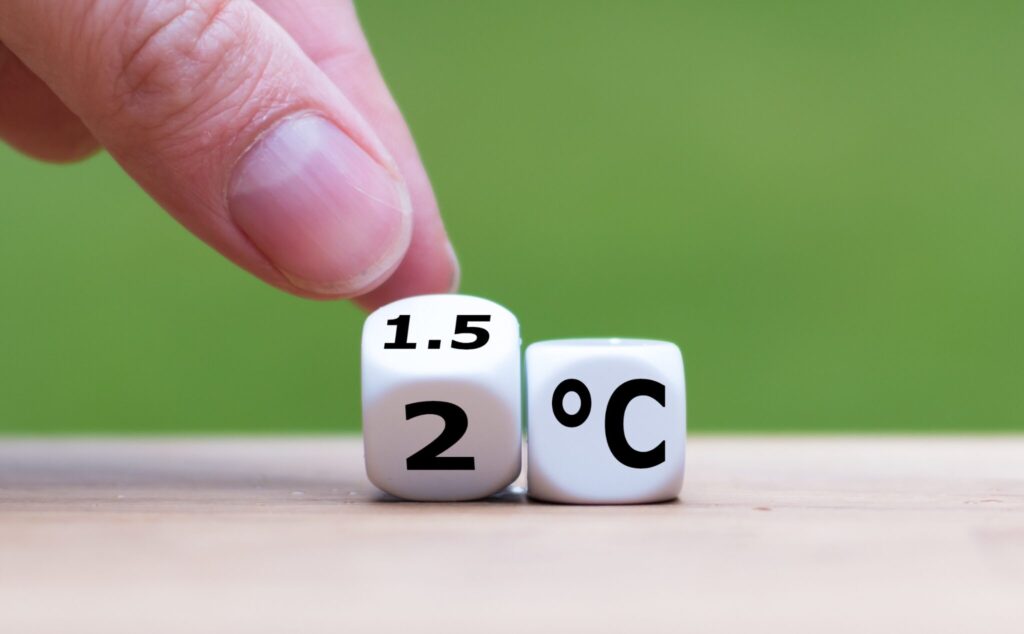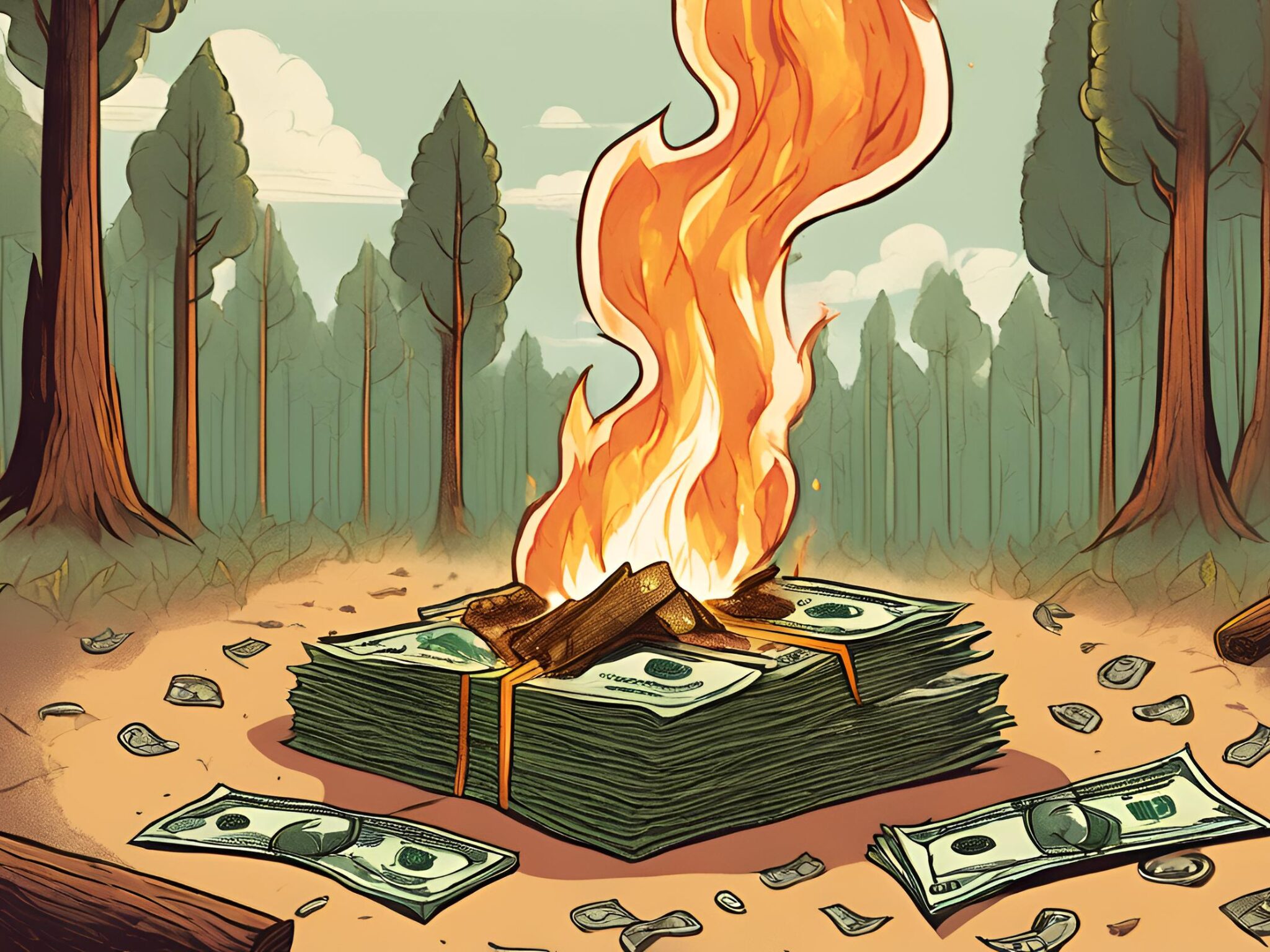Economic Impact of Climate Change Six Times Worse Than Previously Thought: Report
5 Mins Read
The global economic damage brought by climate change is six times greater than previously thought, according to a new white paper.
If the world continues on its current path of consumption and planetary destruction, it will lead to climate change impacts comparable to fighting a major war, says a new white paper by economists at Harvard University and Northwestern University.
Published by the US National Bureau of Economic Research, the analysis is yet to be peer-reviewed, but provides a stark difference with current climate cost estimates. At current rates, the world is projected to record temperature rises of 2.7°C above pre-industrial levels, a far cry from the 1.5°C target outlined in the 2015 Paris Agreement.
The research suggests that if we reach 3°C – which many scientists consider a possibility – it would mean “precipitous declines in output, capital and consumption that exceed 50% by 2100”. This implies a present-value welfare loss of 31%, which will swell to nearly 52% by the end of the century. The severity of these economic losses can be compared to “fighting a major war domestically”, the caveat being that climate change is permanent.
Meanwhile, the social cost of carbon – the damage from each additional ton of carbon emissions – is estimated to be $1,056 per ton, which is six times higher than existing estimates. It’s based on the finding that a 1°C increase in temperatures would bring a 12% decline in the global GDP.
A holistic approach makes climate impacts six times worse

The researchers found that per capita purchasing power would have been 37% higher already, had it not been for climate change’s impact over the last 50 years (when temperatures rose by 0.75°C). If the crisis deepens, the losses will only deepen. “There will still be some economic growth happening but by the end of the century people may well be 50% poorer than they would’ve been if it wasn’t for climate change,” Harvard economist and the paper’s co-author, Adrien Bilal, told the Guardian.
“I think everyone could imagine what they would do with an income that is twice as large as it is now. It would change people’s lives,” he added.
Based on suggestive evidence, the paper found that the economic impact of climate change will be similar across high- and low-income countries, while warmer and middle-income nations would be more severely affected. (The authors did note that these comparisons are imprecisely estimated, so there’s room for error here.)
The Environmental Protection Agency in the US, which the research suggests would gain economically by taking action to reduce emissions, estimates these costs to be around $190 per ton. Meanwhile, other research forecasts a 1-3% GDP reduction per 1°C temperature rise.
But Bilal and his co-author Diego Känzig’s figures are much higher for several reasons. They take a more ‘holistic’ approach to their estimations, focusing on global temperature shocks, and including damages to both productivity and capital depreciation (instead of only productivity, as in most previous work). When the researchers assessed the impacts purely based on productivity, the social cost was just $155 per ton of carbon.
They analysed the economic costs on a global scale, instead of a country-wide level, which helped capture the interconnected nature of the impact of heatwaves, storms, floods and other climate impacts that decimate crop yields, lower worker productivity, and reduce capital investment.
Decarbonisation policy costs will be exceeded

The research also outlines the threat to countries’ decarbonisation plans. Many emissions-cutting interventions cost between $27-95 per ton of carbon, and the $155 figure above suggests that these plans are cost-effective only if governments internalise their benefits to the entire world. But administrations that do so value mitigation benefits via domestic costs of carbon instead, which are always lower than social costs, since they calculate damages to a single country, as opposed to the whole world.
In the US, for example, the domestic cost of carbon is $30 per ton, under conservative estimates based on local temperature shocks. This makes unilateral emissions reduction “prohibitively expensive”, the researchers state. But under the new estimates, the domestic carbon cost of the US rises to $211 per ton, largely exceeding policy costs.
“The economy may keep growing but less than it would because of climate change. It will be a slow-moving phenomenon, although the impacts will be felt acutely when they hit,” said Bilal.
He added: “Let’s be clear that the comparison to war is only in terms of consumption and GDP – all the suffering and death of war is the important thing and isn’t included in this analysis. The comparison may seem shocking, but in terms of pure GDP there is an analogy there. It’s a worrying thought.”
But climate change also presents a huge threat to human life. Estimates vary from research to research – one study suggests that it could cause a billion deaths by 2100, while analysis by the World Economic Forum puts that figure to 14.5 million by 2050.
The latter is based on projections of up to 2.9°C of global temperature hikes. That is a possibility, if you believe the world’s leading scientists. In a survey by the Guardian, 42% of scientists from the IPCC said they expect post-industrial temperatures to increase by 3°C by the end of the century, while 77% think we’ll cross 2.5°C. In fact, only 6% think we’ll meet our 1.5°C goal.
“I think 3°C is being hopeful and conservative. 1.5°C is already bad, but I don’t think there is any way we are going to stick to that,” said climate scientist Ruth Cerezo-Mota. Such temperatures would drown cities like Shanghai, Rio de Janeiro, Miami and The Hague, as they’ll reach below sea level, according to the IPCC.
But it’s important not to lose hope, as the University of Exexter’s Peter Cox pointed out: “Climate change will not suddenly become dangerous at 1.5°C – it already is. And it will not be ‘game over’ if we pass 2°C, which we might well do.”



